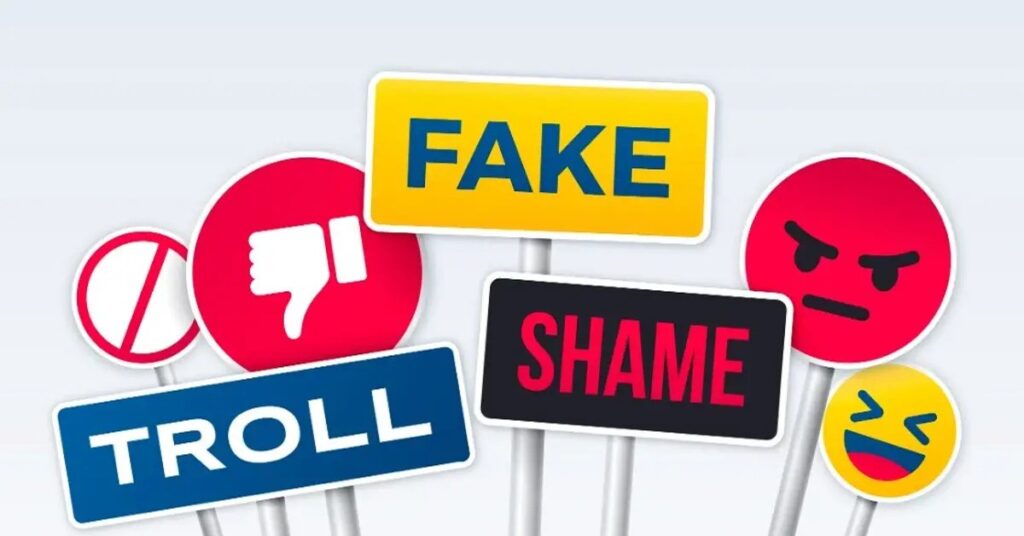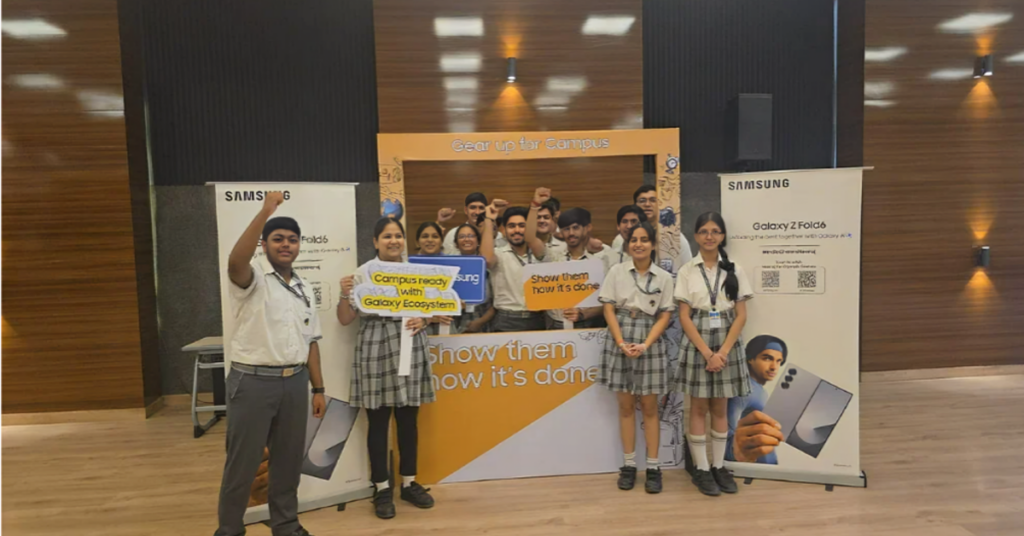Game developers use in-game advertising as a monetization strategy to boost their game’s revenue. They earn money and get paid by showing mobile game ads to their users. Video games can be profitable for savvy advertisers looking to reach out to their most lucrative groups of consumers.
Gaming became very popular during the COVID-19 pandemic. Lockdowns and stay-at-home lifestyles propelled the growth in the industry, which recorded a sudden surge in game downloads as never before over the past couple of years.
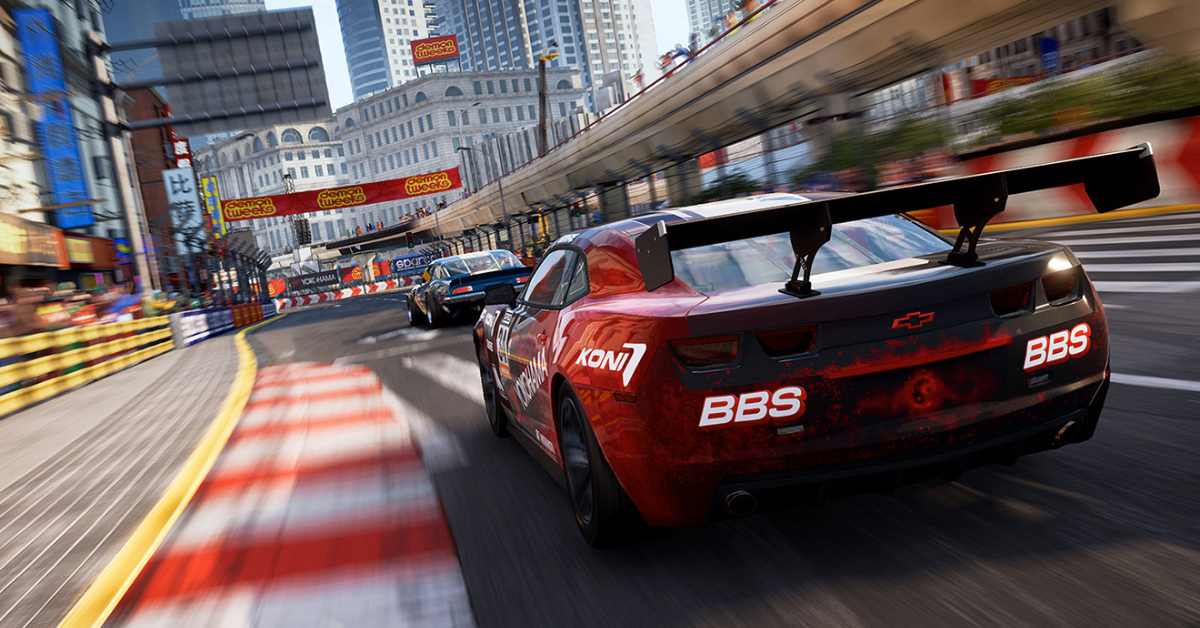
According to an EY report, an average person spent 4.8 hours a day on their mobile phone last year – covering one-third of waking hours and up 30% from 2019. Mobile has enabled gaming to go mainstream and permeate every age cohort, acting as a hotbed of prospects for players, developers, and advertisers alike. Mobile gaming has a huge potential for growth. It presents an increasingly immersive digital world and an enormous advertising medium that can no longer be ignored by advertisers and developers.
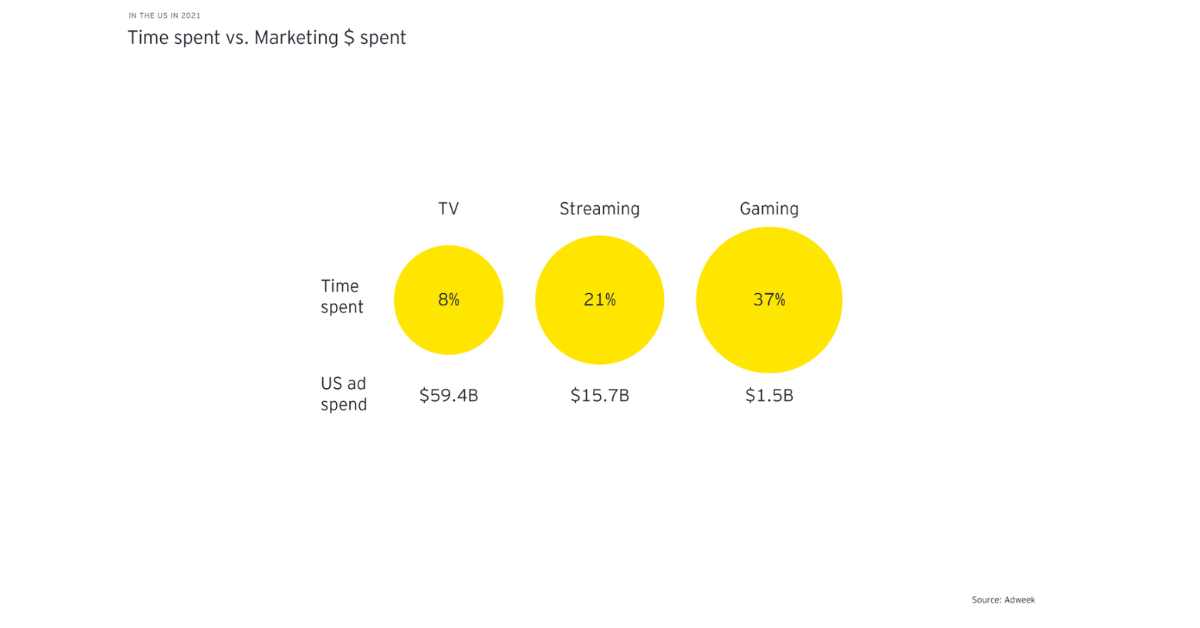
In-game advertising, as a medium, allows game developers to sell ad inventory to generate ad revenue and drive in-app purchases. It improves the user experience and boosts engagement by rewarding users for watching ads. In-game advertising provides brands an opportunity to reach out to a large and diverse user base which is not just restricted to millennials, but evenly cut across the gender, as well as all age groups.
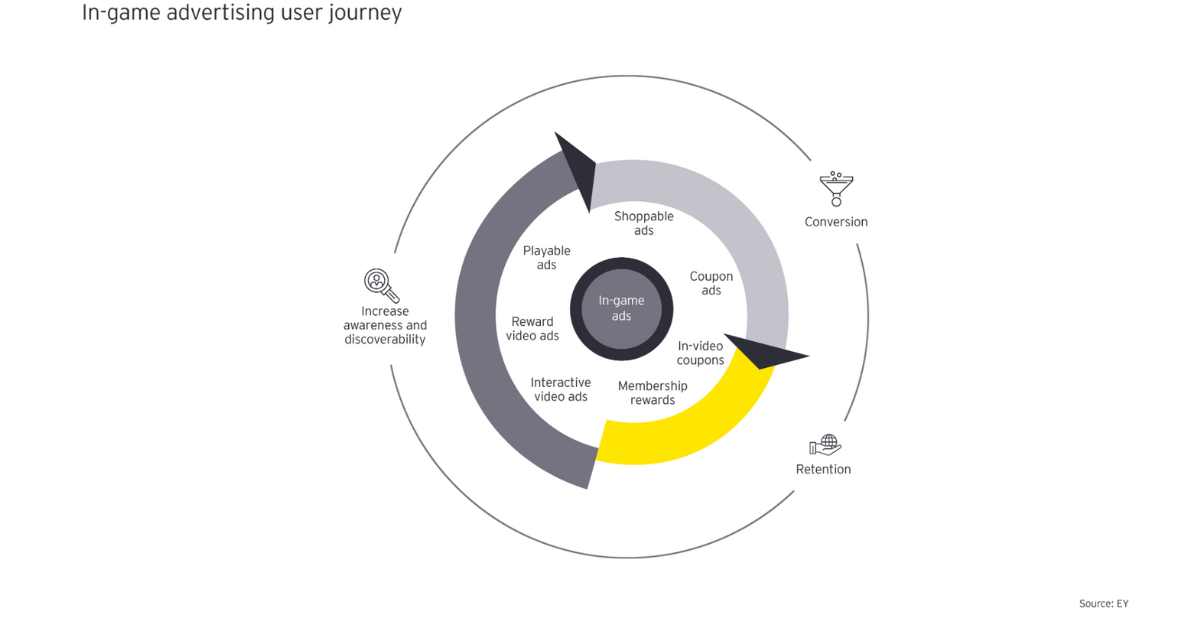
What is In-Game Advertising?
It is a revenue strategy that game developers use to earn money by selling ad space in their games. In-game advertising merges ads with the game environment seamlessly. Marketing experts say these ads are more powerful and effective than in-app advertisements (the annoying pop-ups or banner ads).
There are more than three billion games worldwide. As such, in-game advertising can give brands incredible reach. The ads may be in the form of a short video that plays between levels, a banner at the bottom of the screen, or probably one of the player characters is wearing a branded shirt or driving a popular make and model car. Moreover, in-game ad campaign can help brands become more visible on platforms that are relatively low competition.
Brands Can Engage With Their Audience
Natalie Cooke, group managing director at M&C Saatchi, said brands can engage gaming audiences. She highlighted that Burger King successfully engaged with Elden Ring players on their own terms by encouraging streamers to only use fire- and flame-based weapons and spells within the game world.
Another example is Rockstar Energy Drink which partnered with Codemasters Racing on Dirt 2. They created a 5-week long event with weekly prizes, known as the ‘Rockstar Energy Drink Race Challenge’. The players could drive an Aston Martin Vanquish with Rockstar livery and win gift cards, bags, headsets and t-shirts etc. RedBull also took up a campaign of its own. The energy drink brand gave gamers the opportunity to win branded PC setups and in-game prizes. Furthermore, Ben Rueck and Delaney Milley, two climbers sponsored by Adidas in 2017 took VR players on an amazing journey to the top of Bavella mountain range in Corsica.

Some Benefits of In-Game Advertising
Besides generating revenue and enabling in-app purchases, in-game advertising improves the user gaming experience, increases engagement through rewards and offers relevant content. It protects the brands and their companies from mentions and negative reviews. Moreover, the ads will only appear in relevant in-game environments.
Some benefit for companies or brands is that advertisers can accurately track key metrics, like engagement, completion rate and reach etc.:
- Enhances user experience
- Generates revenue
- Increases engagement and retention
- Boosts in-app purchases
- Easy to measure ROI
- Increase brand reach
- Boost engagement
- Brand safety
In-game ads make it possible for brands to communicate with consumers while they engage with ads. This can lead to focused, targeted, promotional campaigns with lower upfront expenses and higher ROI.
New Branding Opportunities
Companies have to pick the right variants of in-game ads to capitalize on its potential and reach the intended audience. And it’s not limited to small banners at the bottom or top of the screen. In-game advertising has diversified right from interstitial, rich media, and rewarded video ads to in-stream video, playable ads, and advergaming. According to EY, it is a dynamic ads format and syncs seamlessly without interrupting the playing experience.
Its advisable for businesses considering in-game advertising as part of their media strategy, to be aware of the setting where they want to place the ads. They have a selection of non-disruptive ads formats, ideal game titles fit for the brand, and the target market. Furthermore, in-game advertising is interactive, live, and high-attention inventory.

